A practical path to standardized field device integration
But end users tell me, “We are not planning to replace our field devices, rather employing solutions that work with them.” So the HART and FOUNDATION Fieldbus devices sold today will still be in operation for the foreseeable future, and the challenge is how users can integrate everything in a standardized way.
This challenge expands our role from a traditional field protocol standards body to encompass system-wide data standards. Through several articles, we provide guidance on solving the integration problem, starting on the shop floor where nearly 60% of the respondents to our annual Field Networks survey express a desire for Internet Protocol (IP). This means that the industry needs a lower-cost, safe physical layer to enable IP functionality. Ethernet to the Field, or Advanced Physical Layer (APL) is a two-wire, intrinsically safe solution, as described in this article.
To deliver on the promise of Industry 4.0 and IIoT, field device information must be understood by many higher-level applications. It must be structured to allow comparisons and analytics independent of the supplier and protocol. So, consortiums like the Open Process Automation Forum (OPAF) and Europe’s NAMUR organization are actively producing recommendations for next-generation open process automation system architectures. Here we describe how FieldComm Group technologies support the OPAF and the NAMUR open architectures.
Some see OPC UA as a protocol, others think it’s software, but we think of it as a framework offering the common methods needed to build domain-specific solutions. This year, FieldComm Group and the OPC Foundation have codeveloped the Process Automation Device Information Model (PA-DIM™). This article tells how OPC UA and PA-DIM® allow users to access information without any knowledge of the underlying communication protocol.
Here, we describe a demonstration system installed at our Austin headquarters that, relying entirely on FieldComm Group standards, shows how information from a HART7 4-20 mA transmitter can be accessed through a Microsoft Azure-hosted web application.
The plant of the future will have many coexisting protocols and physical layers, and we already see that model beginning to deliver value. Our Plant of the Year (PotY), Mangalore Refining and Petrochemical Limited, is leveraging stranded data from HART field devices, adding new data through WirelessHART, and expanding its application of FOUNDATION Fieldbus. This has resulted in millions in savings by shifting unplanned maintenance to planned, avoiding failures and efficiency improvements in commissioning and maintenance.
About the Author
Ted Masters
President and CEO

Leaders relevant to this article:

